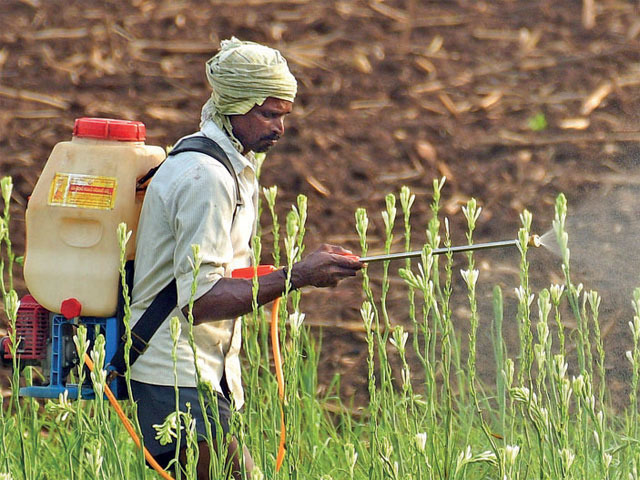The recent drop in the Goods and Services Tax (GST) on fertilizer-grade phosphoric acid to 12% from 18% in India will probably mean marginal improvements for fertilizer manufacturers as it will benefit them in terms of lower input tax credits that will result in less working-capital blockage. The GST Council had decided to lower the tax rate as the 18% tax rate earlier on phosphoric acid and ammonia vis-à-vis the 5% tax rate on fertilizers was causing a build-up of input tax credits for the industry. This was also amplified by subsidies being free from GST, thus leading to an increase in working capital requirement.
K. Ravichandran, Senior Vice-President and Group Head, Corporate Ratings, ICRA, commented on the GST Council’s decision that “while fertilizers are taxed at 5%, taxation of inputs at 18% had led to an inverted duty structure and blockage of working capital due to large unused input tax credits. The reduction in the tax rate on phosphoric acid will result in reduction of the input tax credits and associated cash flow mismatch for the industry”.
However, while the industry was expecting the tax rate on phosphoric acid and ammonia to go down to 5% to address the issue of inverted duty structure, no change in the tax rate on ammonia and 12% tax rate on phosphoric acid will lead to unused input tax credits for the industry and associated liquidity issues. While reduction in the tax rate on phosphoric acid is a step in the right direction, delay in reimbursement of the input tax credits adds more pressure to the liquidity position of the industry that is already being strained by delay in receipt of subsidies from the government.




